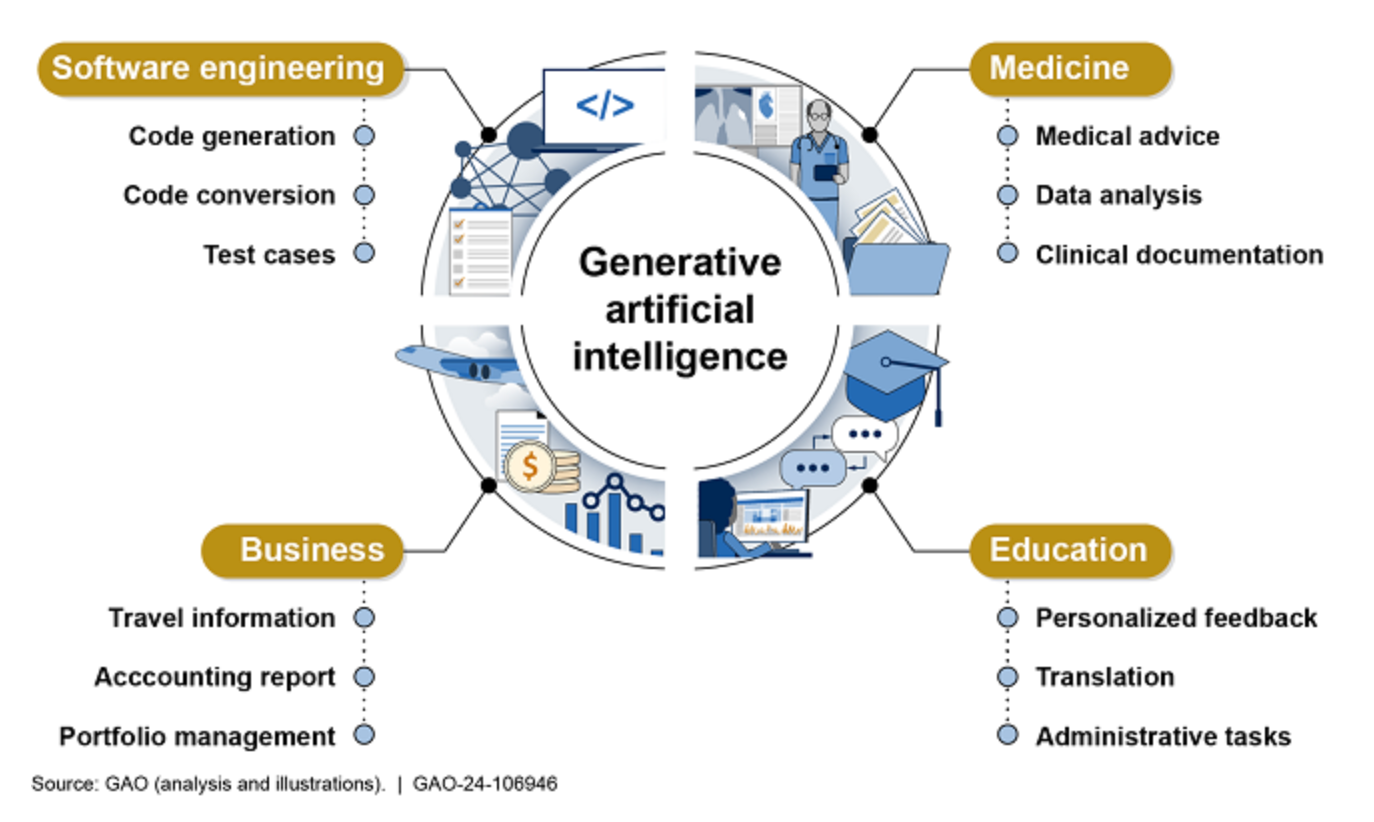Dismantling AI: Moving Beyond The Hype to Practical Applications
Let's move beyond hype to understand the practical applications of AI in our industry.

Over the past several years, AI has taken the world by storm. It seems that suddenly, AI is in everything from your calendar to your thermostat. Usually, you can recognize it by the tiny sparkle symbol that has somehow come to signal the inclusion of AI in a product. While there has been a lot of hype around AI, specifically Generative AI, the technologies that make up the different parts of AI have been advancing for some time, and their practical applications are far more exciting than the most popularized ones.
That said, it's completely natural to see excitement and lots of experimentation when technology like this starts to advance quickly and has a breakthrough moment. In a moment like this, we think it makes sense to help create some clarity. Over the next several months, we'll examine AI's practical applications, the different technologies that make up AI, and some of the myths surrounding it. To start on the right foot, let's examine some of the different technologies that make up AI.
The Different Fields Within AI
By definition, Artificial Intelligence refers to the capability of machines to perform tasks that typically require human intelligence. This includes problem-solving, learning, and decision-making. We covered a bit of this in the last interview with Trebellar's Co-Founder David, but some of the core fields of AI include:
- Machine Learning (ML): A subset of AI that involves training algorithms on data to make predictions or decisions without being explicitly programmed for the task. ML can be further divided into:
- Supervised Learning: Algorithms are trained on labeled data.
- Unsupervised Learning: Algorithms find patterns in unlabeled data.
- Reinforcement Learning: Algorithms learn by interacting with the environment and receiving feedback.
- Deep Learning: A subset of ML that uses neural networks with many layers to analyze various factors of data.
- Natural Language Processing (NLP): Enables machines to understand and respond to human language. Applications include chatbots and language translation services.
- Computer Vision: Allows machines to interpret and make decisions based on visual inputs, such as recognizing objects in an image.
- Generative AI: Generative artificial intelligence is artificial intelligence capable of generating text, images, videos, or other data using generative models (Large Language Models), often in response to prompts.
As you can see from the short list above, AI comprises many more technologies than one may assume at first glance. These technologies can encompass applications as far-ranging as cat memes, self-driving cars, targeted crop treatments, and even the pricing of homes. Zooming in on generative AI alone, you can see a broader range of applications than just creative fields.

Every day, more applications are being found due to the speed with which technology is now advancing. Due to this, the practical applications of each of these fields within AI for real estate & workplace fields are also frankly hard to keep pace with.
Beyond Hype
It's important to note that the speed with which this technology is advancing is a double-edged sword. Unfortunately, as with anything that has gained massive popularity and is advancing in a short time period, there are now a number of myths surrounding AI. These myths make it difficult to focus on real-world applications.
That's why, over the next three months, we'll be diving deeper into each of these technologies, their practical applications that teams can move forward with, and dismantling some of the myths surrounding them to help your teams focus on the art of the possible. We hope you'll follow along for more.
Note: In case you missed our December 2023 talk on moving beyond hype with AI, you can find it here.

